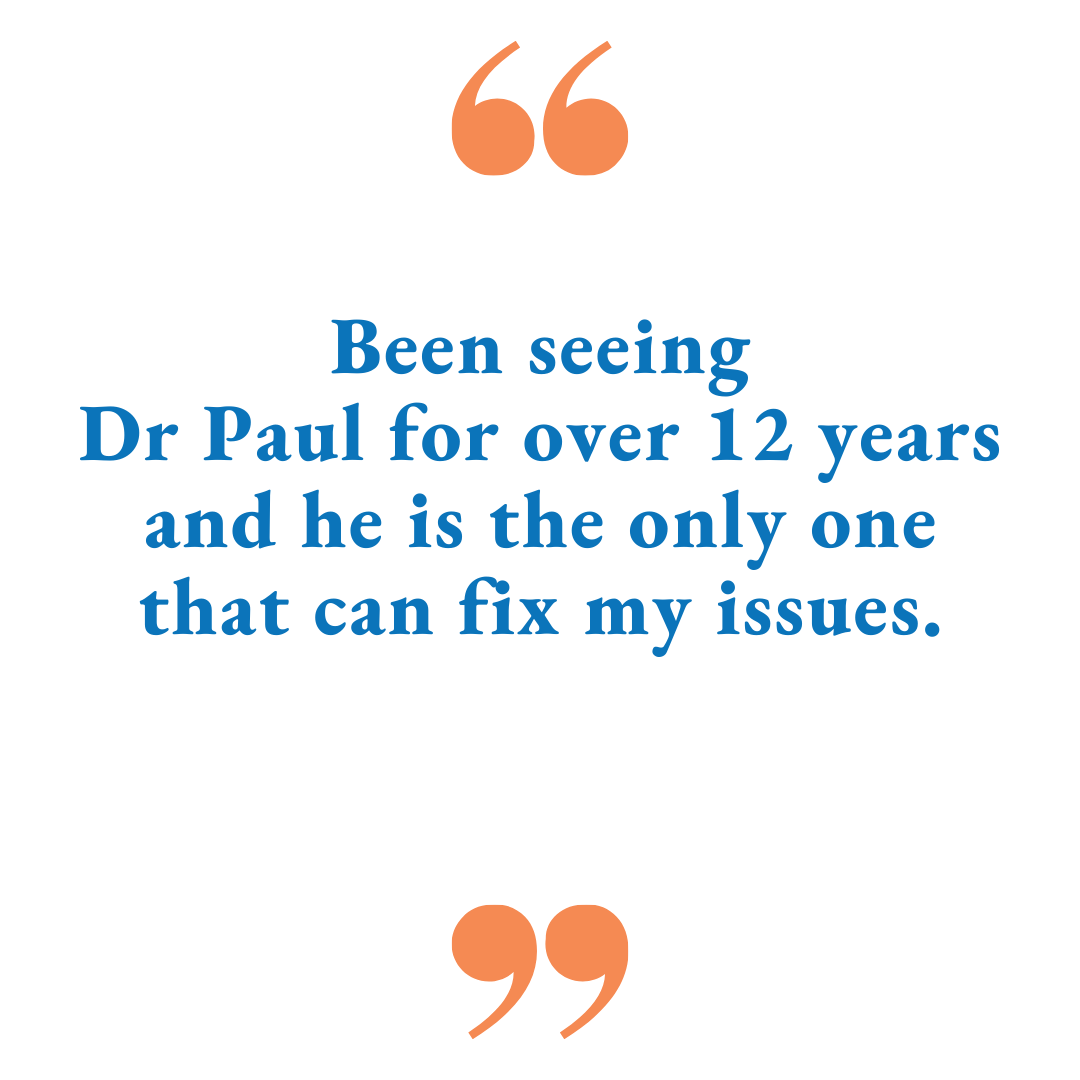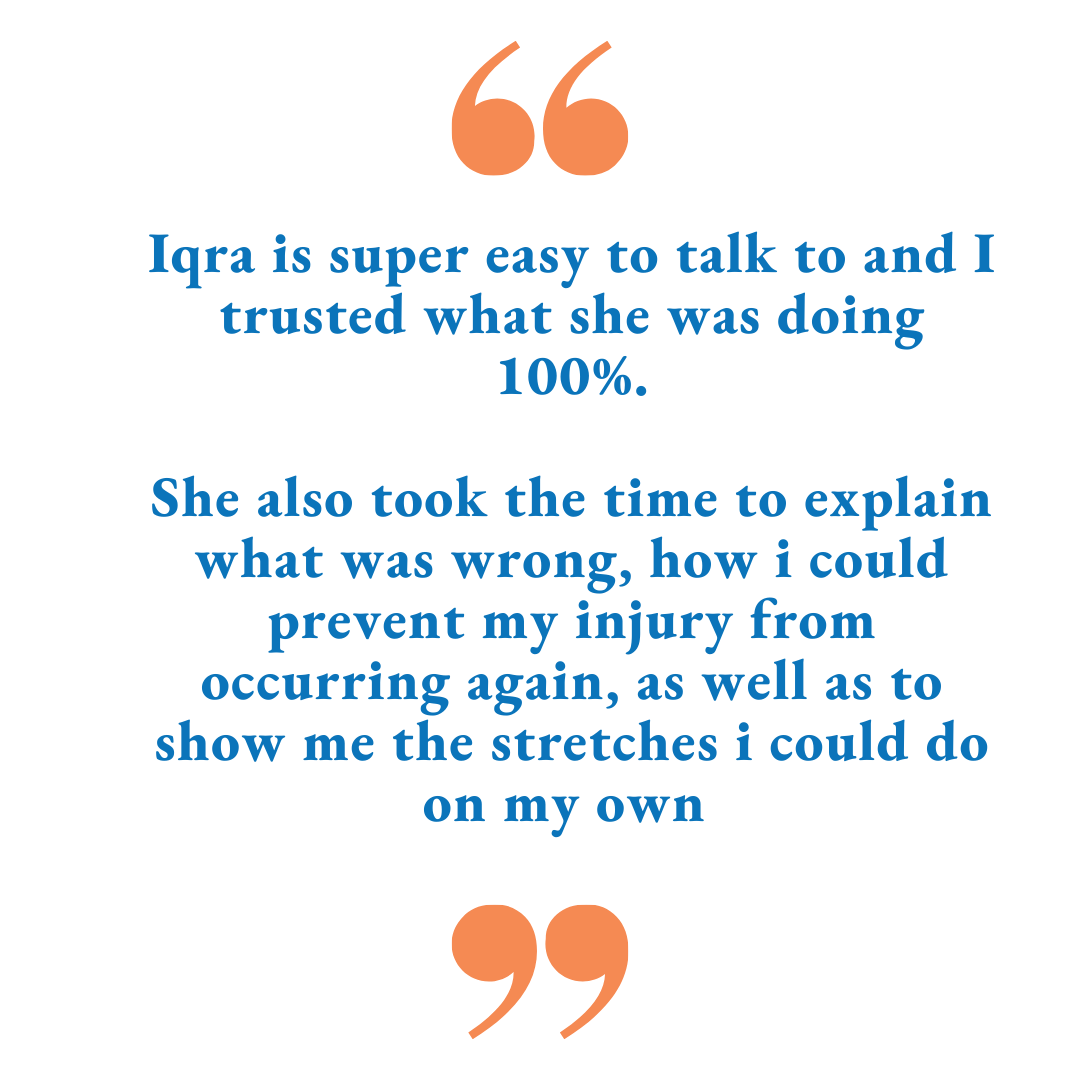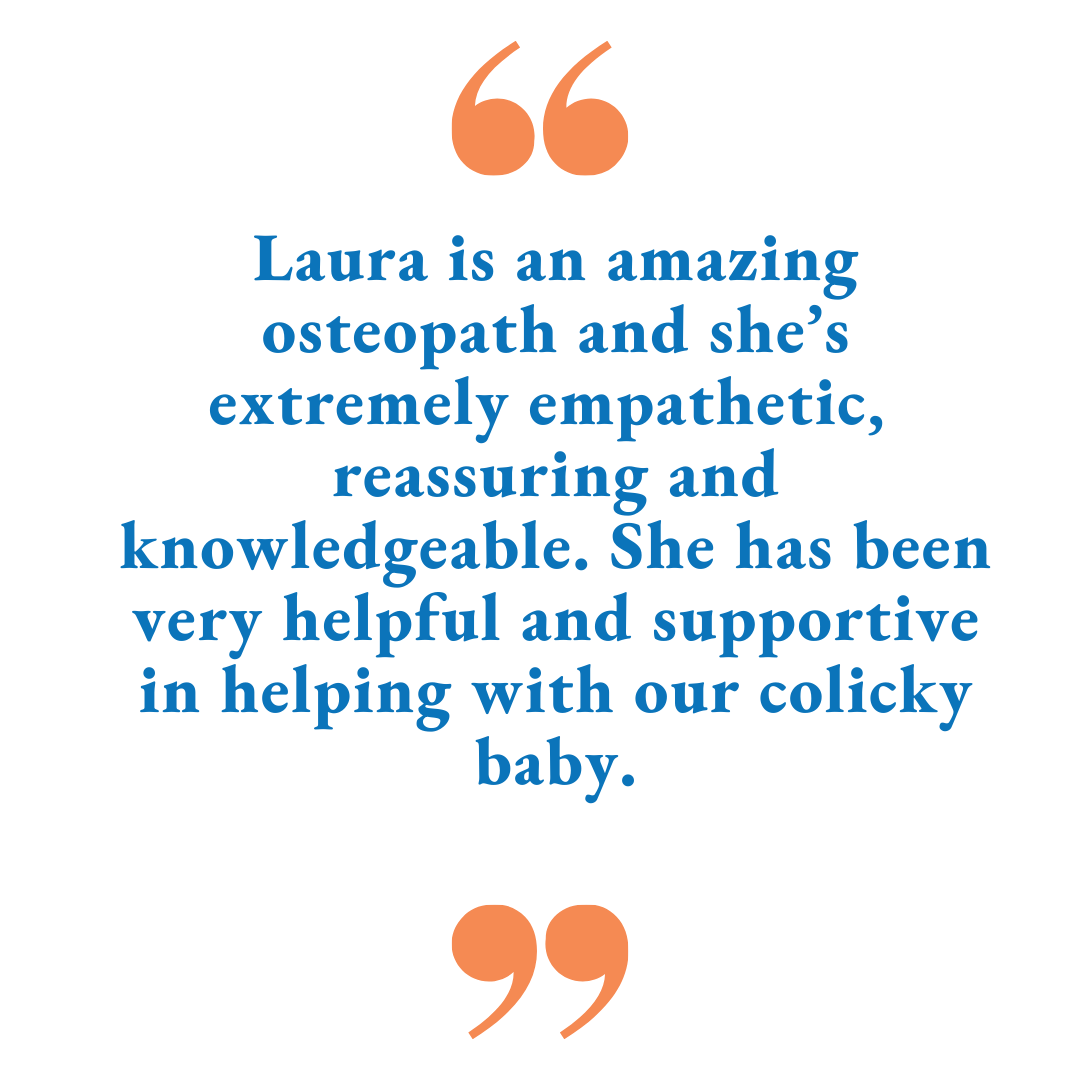Symphysis Pubis Dysfunction
Symphysis Pubis Dysfunction – Are you suffering from SPD?
In this article:
WHAT ARE THE SYMPTOMS?
HOW COMMON IS IT?
WHAT CAUSES SPD?
WHAT SORT OF TREATMENT IS AVAILABLE?
ARE THERE LONG-TERM EFFECTS?
What is Symphysis Pubis Dysfunction
Symphysis Pubis Dysfunction (SPD) is a condition related to levels of relative pelvic instability, which causes pain and movement problems.
There are a number of terms to describe pelvic pain during pregnancy, such as pregnancy-related pelvic pain (PRPP) and pregnancy-related pelvic girdle pain (PGP), which can cause some confusion. However, it is clinically unnecessary to distinguish between these different descriptions, as the symptoms and treatment are largely the same.
SYMPTOMS
What are the symptoms of Symphysis Pubis Dysfunction?
Symptoms can range from moderate pain to extreme pain and immobility. Specific symptoms include:
• Pain in the pubic region (front of the lower pelvis), with possible grinding and audible clicking
• Pain and tenderness to touch, over the front of the pelvic bones
• Pain radiating to the lower abdomen, groin, perineum, thigh, leg, and back
• Difficulty walking, ascending or descending stairs, standing from sitting
• Problems when weight-bearing (e.g. standing on one leg)
• Pain when moving the hips and legs, and when turning over in bed
HOW COMMON IS IT?
How common is it?
Unfortunately, up to 31% of women may suffer from SPD during pregnancy. In rare, extreme cases, the pubic symphysis can rupture and separate, creating a gap of 10mm or more between the pubic bones. This is called diastasis of the symphysis pubis (DSP).
CAUSES
WHAT CAUSES SPD?
A common assumption is that SPD is caused by increased levels of relaxing and progesterone hormones during pregnancy. This is because these hormones can weaken the pelvic ligaments, leading to increased laxity. However, this is clearly not the only cause, as these hormone levels peak at 12 weeks of pregnancy - whereas symptoms of SPD often arise or worsen later in the pregnancy, or even in the postnatal period. Other possible causes include metabolic changes, trauma, inflammation, and degeneration. SPD can also be caused by conditions which increase strain on the symphysis region, such as sacroiliac joint dysfunction, as well as postural and muscle tone changes in the pelvis and lower back.
WHAT SORT OF TREATMENT IS AVAILABLE?
As the combination of factors that cause SPD can vary in each individual, a combined healthcare approach with various healthcare professionals is recommended.
Bed rest and avoiding painful movements can be effective in the initial stages. Exercising during the early stages of pregnancy, water therapy/exercise, pelvic tilt exercises, and acupuncture have also been identified as beneficial for reducing pain levels.
Physiotherapy may reduce pain levels and improve function4. Non-supine
birthing positions (e.g. kneeling) may also have clinical benefits. Many osteopaths provide treatment for SPD and its associated pelvis and back pain symptoms during pregnancy and in the postnatal period.
TREATMENT
WHAT SORT OF TREATMENT IS AVAILABLE?
As the combination of factors that cause SPD can vary in each individual, a combined healthcare approach with various healthcare professionals is recommended.
Bed rest and avoiding painful movements can be effective in the initial stages. Exercising during the early stages of pregnancy, water therapy/exercise, pelvic tilt exercises, and acupuncture have also been identified as beneficial for reducing pain levels.
Physiotherapy may reduce pain levels and improve function4. Non-supine
birthing positions (e.g. kneeling) may also have clinical benefits. Many osteopaths provide treatment for SPD and its associated pelvis and back pain symptoms during pregnancy and in the postnatal period.
SIDE EFFECTS
ARE THERE LONG-TERM EFFECTS?
Bed rest and avoiding painful movements can be effective in the initial stages. Fortunately, SPD is often a self-limiting condition. Around 93% of women find that their symptoms settle within the first three months; only 1-2% percent will still experience symptoms one-year post-delivery. Appropriate treatment, advice, and exercise during and after the pregnancy will reduce symptoms and accelerate recovery. Do seek expert advice from your midwife, GP, obstetrician, or other qualified osteopathic practitioners as soon as you experience symptoms. It is important to remember that although SPD can be a painful condition, it poses no risk to the mother or the baby.
Speak to our osteopath and learn how we can help with your pain.
Recommended Reads:
- Osteopathy: Treating Mother and Baby As One
See more articles on our Instagram page here
https://www.instagram.com/the.osteo.sg/
What Patients Say About Us!




